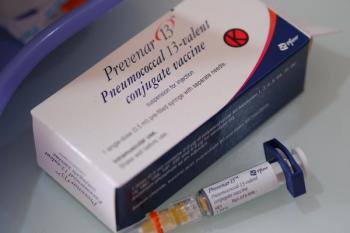
|Slideshows|October 15, 2018
- Drug Topics October 2018
- Volume 162
- Issue 10
Top 5 Ways to Make Vaccinations Less Frustrating
Author(s)Jennifer Gershman, PharmD, CPh
Flu vaccinations can take up lots of your already-busy schedule, but that doesn’t mean they’re not important.
Advertisement
Articles in this issue
almost 7 years ago
Lower Drug Prices Aren’t Worth Higher Health Risksabout 7 years ago
How to Talk About Being a Pharmacistabout 7 years ago
What it’s Like to Be an Oncology Pharmacistabout 7 years ago
The 4 Tech Advances Benefitting Pharmacies and Patientsabout 7 years ago
How Mergers Will Affect Pharmacistsabout 7 years ago
Negotiating Better Hours: A Guide for Pharmacistsabout 7 years ago
How to Create the Job You Wantabout 7 years ago
More Pharmacists Move into Medical Practices, More Doctors See Valueabout 7 years ago
The 4 Keys to Medication Adherenceabout 7 years ago
The Best Pharmacies, New Pharmacy Degrees, and More NewsNewsletter
Pharmacy practice is always changing. Stay ahead of the curve with the Drug Topics newsletter and get the latest drug information, industry trends, and patient care tips.
Advertisement
Latest CME
Advertisement
Advertisement
Trending on Drug Topics
1
Oral Semaglutide Show Promise as New Benchmark for Diabetes Care, Cardiovascular Protection
2
Opioid Overdose Deaths Fall by 34% in 2025 | ASHP Midyear 2025
3
Limited Clinical Data Impact Cannabis Integration Into Standard Care | ASHP Midyear 2025
4
What TrumpRx Means for Independent Pharmacies and Their Patients
5





























































































































